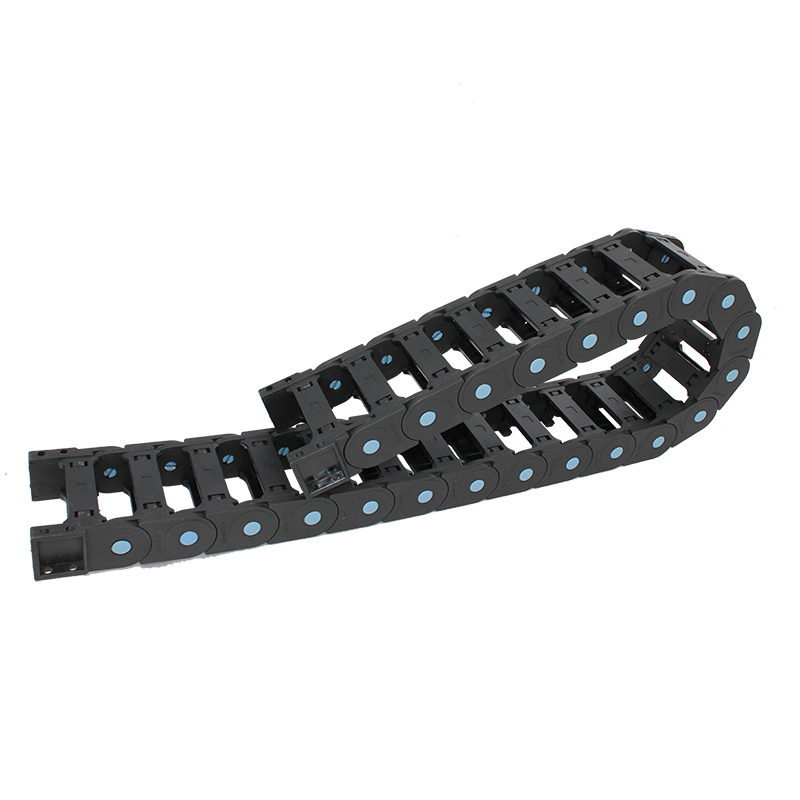synchronous timing belt
Understanding Synchronous Timing Belts A Crucial Component in Mechanical Systems
Synchronous timing belts are integral to a wide range of mechanical systems, playing a critical role in transmitting power and motion. These belts are designed to precisely synchronize the movement of various components within machinery, ensuring that operational efficiency is maximized. In this article, we will delve into the construction, operation, applications, and advantages of synchronous timing belts.
Construction of Synchronous Timing Belts
A synchronous timing belt is typically made from durable materials such as neoprene or polyurethane, reinforced with various types of fibers to enhance strength and durability. The unique feature of a timing belt is its teeth, which are molded into the belt's internal surface. These teeth engage with similar teeth on the belt pulleys, creating a positive engagement that prevents slippage. This design ensures that the rotational motion of one pulley is transmitted directly to another, maintaining precise timing.
The belts come in various sizes and tooth profiles, enabling them to cater to different machinery requirements. The most common types include trapezoidal and round tooth profiles, each suitable for specific applications. Additionally, the belts can vary in width, length, and tooth count, providing flexibility in design to accommodate diverse engineering needs.
Operation of Synchronous Timing Belts
The operation of synchronous timing belts relies on the engagement of the teeth on the belt and the pulleys they drive. As one pulley turns, it pulls the belt, which in turn moves the adjacent pulleys without any loss of motion. This synchronous motion is critical in applications where timing is crucial, such as in engines or conveyor systems.
One of the key advantages of using timing belts rather than chain belts or gears is the reduced noise and vibration. Timing belts operate more quietly due to their design and the materials used, which absorb vibrations during operation. This characteristic makes them particularly appealing for use in environments where noise reduction is a priority.
Applications of Synchronous Timing Belts
Synchronous timing belts are utilized in a wide variety of applications across different industries. In the automotive sector, they are essential in maintaining the timing of the crankshaft and camshaft, ensuring that the engine operates smoothly. Any misalignment can lead to catastrophic failures, emphasizing the importance of these belts in vehicle performance.
In manufacturing and automation, synchronous timing belts are commonly used in conveyor systems, robotics, and CNC machines. Their precise movement capabilities make them ideal for tasks that require accurate positioning and timed actions. Additionally, these belts are found in various household appliances, including washing machines and food processors, where they help operate components uniformly.
synchronous timing belt

The healthcare industry also benefits from synchronous timing belts in machines like MRI scanners and X-ray machines, where precise movement and timing are critical for both safety and functionality
.Advantages of Synchronous Timing Belts
The advantages of synchronous timing belts over other power transmission methods are numerous
1. Precision Timing Synchronous belts offer unparalleled precision in motion transfer, critical for applications requiring exact timing and speed control.
2. Low Maintenance Unlike chains, which require regular lubrication and tension adjustments, timing belts operate with minimal maintenance. This leads to reduced downtime and associated costs.
3. Reduced Wear and Tear The absence of slippage means that timing belts generally experience less wear over time, translating to a longer lifespan compared to traditional chains or gear systems.
4. Quiet Operation The materials and design of synchronous belts result in quieter operation compared to other power transmission options, making them preferable for use in noise-sensitive environments.
5. Versatility With variations in design, size, and material, synchronous timing belts can be customized for a vast range of applications, enhancing their appeal across multiple industries.
Conclusion
In conclusion, synchronous timing belts are a vital component of modern mechanical systems, providing precision timing, durability, and efficiency. Their unique design and operation make them indispensable in various industries, from automotive to automation and healthcare. As technology continues to advance, the applicability and innovation surrounding synchronous timing belts are sure to grow, reinforcing their importance in mechanical engineering and design. Understanding the benefits and functions of these belts can inform better choices in engineering solutions, ultimately leading to enhanced performance and reliability across all applications where they are employed.








